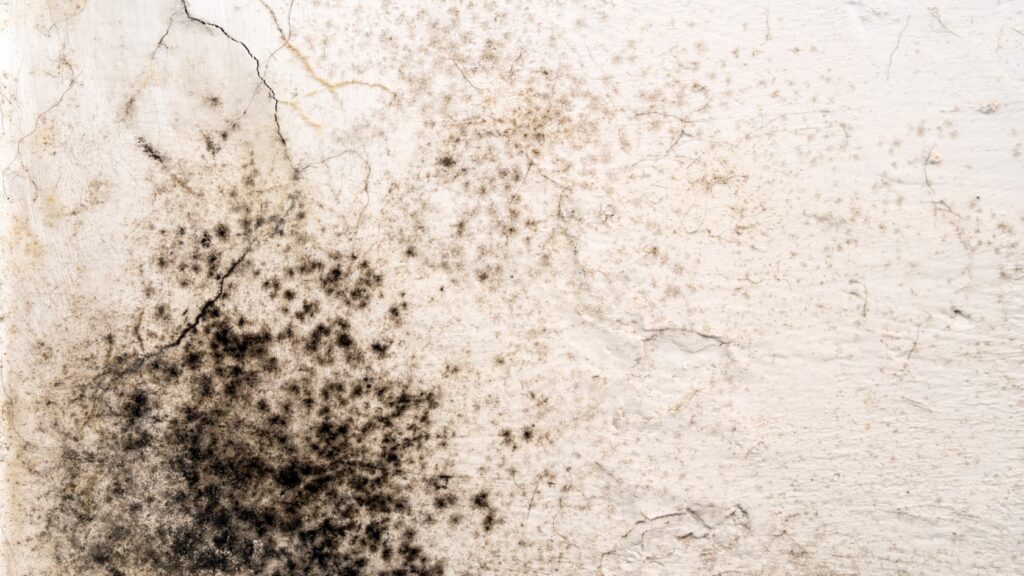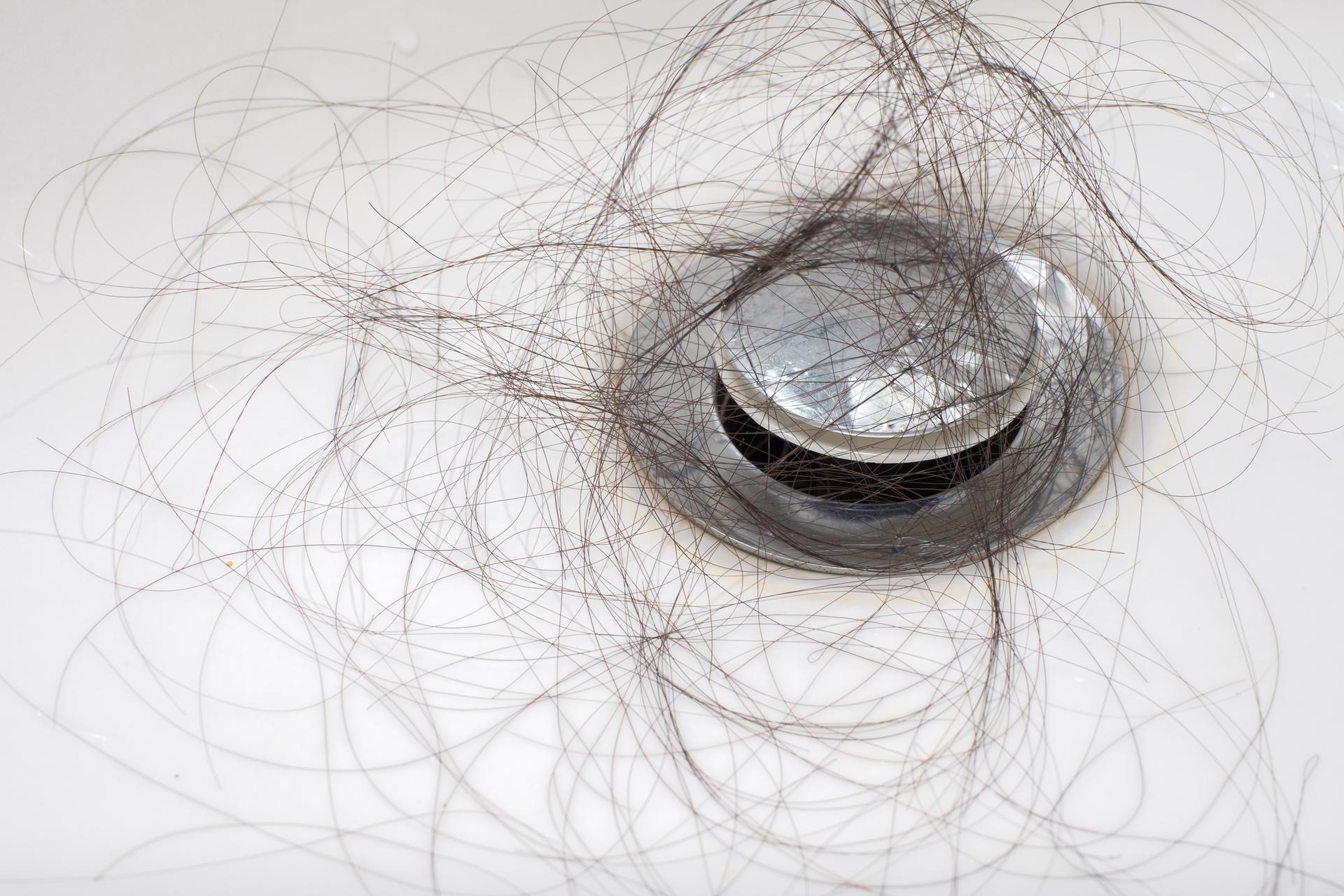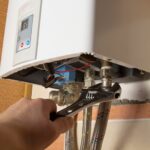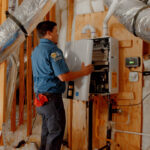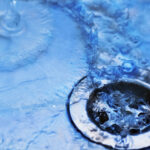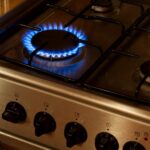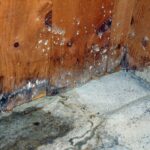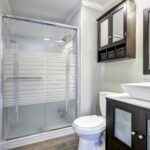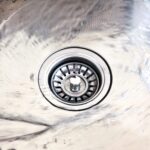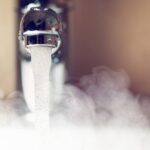Mold is a common household issue that can cause various health problems and damage to your property. As a Dallas homeowner, it’s essential to be vigilant in identifying and addressing mold growth to ensure the safety and well-being of your family. This blog will explore the various ways to identify mold in your Dallas home, the potential risks it poses, and effective prevention measures to keep your living space mold-free.
Understanding Mold and Its Causes
- What is Mold?
- Mold is a type of fungus that plays a vital role in the natural environment by breaking down dead organic matter, such as leaves and fallen trees, and recycling nutrients back into the ecosystem. It thrives in damp, warm, and humid conditions, making it a common occurrence in both indoor and outdoor environments.
- Mold reproduces through tiny spores that are present in the air. When these spores land on a surface with enough moisture, they can start to grow and form colonies. While mold is a natural part of the environment, it becomes a problem when it grows indoors, especially in homes.
- Common Causes of Mold Growth.
-
- Indoor mold growth is often a result of excess moisture caused by water leaks, high humidity levels, poor ventilation, or water damage. When left unchecked, mold can spread rapidly, leading to damage to building materials, unpleasant odors, and potential health risks to occupants.
- There are many different types of mold, some more harmful than others. While most molds are not toxic, they can still trigger allergies and respiratory issues in sensitive individuals. However, certain types of mold, such as black mold (Stachybotrys chartarum), can produce mycotoxins, which are toxic substances that can pose severe health risks when exposed to significant amounts.
- Mold growth indoors should be promptly addressed and remediated to prevent it from causing further damage to the property and to protect the health and well-being of the occupants. Regular inspections, proper ventilation, and prompt action in response to water leaks and moisture issues are essential steps in preventing and managing mold in indoor environments.
Recognizing Common Signs of Mold Infestation
- Visible Mold Growth. Visible mold growth can come in various types and appearances, with different colors, textures, and common locations in homes. It’s essential to be able to identify mold to take appropriate action for remediation and prevention. Here are some common types of mold and their characteristics:
- Cladosporium: This type of mold appears as black, green, or brown spots with a powdery or suede-like texture. It is commonly found on damp surfaces like walls, ceilings, and wood materials.
- Penicillium: This mold has a blue or green appearance and a velvety texture. It is often found on water-damaged materials, such as carpeting, wallpaper, and insulation.
- Aspergillus: Aspergillus mold comes in various colors, including green, yellow, and black. It has a powdery texture and is commonly found in damp areas, including air conditioning systems, carpets, and insulation.
- Stachybotrys chartarum (Black Mold): Black mold is notorious for its dark black or greenish-black color. It has a slimy or sooty texture and is often found on water-damaged materials, such as drywall, wood, and ceiling tiles.
- Aureobasidium: This mold starts as pink or brown spots but can turn black over time. It has a slimy texture and is commonly found on painted surfaces, wooden furniture, and window frames.
- Alternaria: Alternaria mold appears as dark brown or black spots with a velvety texture. It is often found in areas with water damage, such as bathrooms, kitchens, and basements.
- Ulocladium: This mold is usually black and has a cotton-like texture. It is commonly found in areas with significant water damage, such as after flooding or leaks.
- Chaetomium: Chaetomium mold starts as a white color and turns into gray or brown over time. It has a cotton-like texture and is commonly found on water-damaged drywall, carpets, and paper products.
- Musty Odors. Mold emits a distinct musty smell due to the production of volatile organic compounds (VOCs) during its growth and reproduction process. These VOCs are released into the air and give off a characteristic odor that is often described as musty, earthy, or damp. The presence of this smell can serve as an early warning sign of hidden mold growth in living spaces, even before visible signs become apparent. The musty odor is particularly noticeable in areas with high humidity or moisture levels, as these conditions create an ideal environment for mold to thrive. Common areas where mold may be hiding and emitting the musty smell include:
- Basements and Crawl Spaces: These areas are susceptible to dampness and high humidity, making them common locations for mold growth.
- Bathrooms: Poor ventilation and frequent moisture from showers and baths can promote mold growth in bathrooms, especially in grout lines and on shower curtains.
- Kitchens: Spills, leaks, and high humidity in the kitchen can lead to mold growth on surfaces like countertops, under sinks, and inside cabinets.
- Attics: Roof leaks and insufficient ventilation can create moisture issues in attics, making them prone to mold growth.
- Behind Walls and Under Flooring: Water leaks from pipes or roofs can lead to hidden mold growth behind walls and under flooring materials, releasing the musty odor into the living space.
- Closets: Lack of proper ventilation in closets can trap moisture and create conditions favorable for mold growth on clothes and shoes.
- Water Damage or Stains. Water leaks and stains on walls, ceilings, or floors can be clear indicators of potential mold infestation in a home. Mold thrives in damp and humid environments, making water leaks and seepage prime breeding grounds for mold growth. When water finds its way into walls, ceilings, or floors, it creates the ideal conditions for mold spores to settle and proliferate. Here’s how water damage or stains can lead to mold infestation:
- Moisture Accumulation: When water leaks or seeps into building materials, such as drywall, wood, or insulation, it creates a damp and moist environment. Mold spores that are naturally present in the air can settle on these wet surfaces and begin to grow, forming colonies over time.
- Dark and Warm Spaces: Water leaks often occur in concealed areas, such as behind walls, under flooring, or in ceilings. These hidden spaces provide darkness and warmth, creating an environment conducive to mold growth.
- Capillary Action: Water can travel along building materials through capillary action, meaning it can move upward or sideways within porous materials. This movement allows water and moisture to spread to larger areas, increasing the potential for mold growth.
- Stains as Indicators: Water stains on walls, ceilings, or floors can be visual clues that water has infiltrated these surfaces. While the stains themselves may not be mold, they signal the presence of moisture, which can lead to mold development if not addressed promptly.
- Secondary Mold Growth: Even if the initial water leak is resolved, the residual moisture left behind can continue to promote mold growth. Mold can flourish within walls or under flooring without immediate visibility, leading to “hidden” mold infestations.
- Health Concerns: Prolonged exposure to mold can cause health issues, particularly for individuals with respiratory conditions, allergies, or compromised immune systems. The presence of water damage or stains in the home should prompt homeowners to investigate for mold growth and take necessary remediation steps.
- Allergic Reactions and Health Symptoms. Exposure to mold can trigger a range of health symptoms, especially for individuals who are sensitive or allergic to mold spores. Common health symptoms associated with mold exposure include:
- Allergic Reactions: Many people may experience allergic reactions to mold. These reactions can manifest as sneezing, runny or stuffy nose, itchy or watery eyes, and throat irritation. Allergies to mold are similar to hay fever symptoms and can be particularly bothersome during mold season or when exposed to high levels of mold spores.
- Respiratory Issues: Mold spores can become airborne and be inhaled into the respiratory system. For individuals with respiratory conditions such as asthma or chronic bronchitis, exposure to mold can exacerbate their symptoms. Common respiratory issues triggered by mold exposure include coughing, wheezing, shortness of breath, and chest tightness.
- Sinus Infections: Prolonged exposure to mold spores can irritate the nasal passages and sinus cavities, leading to sinus infections. Symptoms of sinus infections may include facial pain, pressure, and congestion, along with thick, discolored nasal discharge.
- Skin Irritation: Direct contact with mold or mold-infested materials can cause skin irritation in some individuals. Skin reactions may appear as redness, itchiness, or rashes, particularly in sensitive individuals.
- Fatigue and Headaches: Mold exposure can also lead to fatigue and headaches, especially in those who are more susceptible to mold-related health issues.
- Asthma Attacks: For individuals with asthma, mold exposure can trigger asthma attacks. The inhalation of mold spores can irritate the airways and lead to bronchoconstriction, resulting in breathing difficulties and potentially life-threatening asthma attacks.
High-Risk Areas for Mold Growth
- Bathrooms and Kitchens. Bathrooms and kitchens are particularly susceptible to mold growth due to their high moisture levels and the presence of organic materials that provide an ideal breeding ground for mold spores. The combination of frequent water usage, inadequate ventilation, and warm temperatures creates an environment conducive to mold development. Here are some key reasons why bathrooms and kitchens are prime locations for mold growth:
- Constant Water Exposure: Both bathrooms and kitchens experience frequent water usage, leading to increased humidity levels. In bathrooms, showers, baths, and sinks generate steam and moisture, while in kitchens, activities such as cooking and dishwashing produce water vapor. The continuous introduction of moisture creates an environment where mold spores can thrive.
- Limited Ventilation: Proper ventilation is essential for controlling indoor humidity levels and preventing moisture buildup. Unfortunately, bathrooms and kitchens often have limited ventilation compared to other areas of the house. Inadequate ventilation allows moisture to linger, increasing the likelihood of mold growth on surfaces like walls, ceilings, and tiles.
- Organic Materials: Mold requires organic materials to grow and thrive. Bathrooms and kitchens typically have an abundance of organic materials that can serve as food sources for mold, such as wood, drywall, paper, and soap scum. The combination of moisture and organic matter provides an ideal environment for mold to feed and multiply.
- Hidden Spaces: Bathrooms and kitchens often have hidden spaces where moisture can accumulate, making them susceptible to hidden mold growth. For example, mold can develop behind walls, under sinks, or in the grout between tiles, where it may not be immediately visible but can cause significant damage over time.
- Seals and Caulking: Seals and caulking around fixtures and joints in bathrooms and kitchens can degrade over time, leading to water seepage into crevices and gaps. Moisture trapped in these areas creates a perfect habitat for mold growth.
- Basements and Crawl Spaces. Mold growth in basements and crawl spaces poses significant risks to both the structural integrity of the home and the health of its occupants. Basements and crawl spaces are particularly susceptible to mold infestations due to their unique characteristics, such as lower light exposure, limited ventilation, and higher humidity levels. Here are the key risks associated with mold in basements and crawl spaces:
- Structural Damage: Mold can slowly deteriorate building materials such as wood, drywall, and insulation. Over time, this can weaken the structural integrity of the home, leading to potential costly repairs and compromises to the safety of the building.
- Decreased Property Value: Mold infestations in basements and crawl spaces can significantly impact the resale value of the property. Homebuyers are often wary of purchasing homes with a history of mold problems, which can make it challenging to sell the property at a desirable price.
- Spreading Contamination: Mold can quickly spread from the basement or crawl space to other areas of the home through the air ducts and ventilation system. This can lead to cross-contamination and affect indoor air quality throughout the entire living space.
- Attracting Pests: Damp and dark environments, like basements and crawl spaces with mold, can attract pests such as insects and rodents. The presence of pests can further exacerbate the mold problem and create additional health and safety concerns for occupants.
- Attics and Roof Leaks. Mold growth in attics is a common issue that can be caused by roof leaks and insufficient ventilation. Attics are susceptible to mold infestations due to their location, which is often at the top of the house and exposed to various weather conditions. Here are the key factors that contribute to mold growth in attics:
- Roof Leaks: One of the primary causes of mold in attics is roof leaks. When a roof is damaged or improperly installed, it can allow water to seep into the attic space during rainstorms or snowmelt. Over time, the accumulated moisture creates a favorable environment for mold to grow on the attic’s wooden structures, insulation, and sheathing.
- Condensation: Attics with insufficient ventilation can trap warm, moist air from the living spaces below. When this warm air comes into contact with the cooler surfaces in the attic, such as the roof deck or insulation, condensation occurs. This excess moisture provides the perfect breeding ground for mold growth.
- High Humidity: In areas with hot and humid climates, high humidity levels can contribute to mold growth in attics. Without proper ventilation and airflow, the attic becomes a damp and humid space, promoting mold colonization.
- Inadequate Insulation: Poor or inadequate attic insulation can exacerbate moisture issues and contribute to mold growth. Inadequate insulation can lead to temperature imbalances and create condensation points, which are conducive to mold development.
- Blocked Ventilation: Blocked or obstructed attic vents prevent air circulation, trapping moisture and exacerbating humidity levels in the attic space. Proper ventilation is crucial in preventing mold growth by allowing moist air to escape and ensuring fresh air circulates through the attic.
Identifying mold in your Dallas home is crucial for maintaining a safe and healthy living environment. By understanding the common signs of mold infestation and implementing proactive prevention measures, homeowners can effectively protect their families and properties from the potential hazards of mold. Regular inspections and prompt action to address water leaks and moisture issues are essential steps in ensuring a mold-free home.
At Metro-Flow Plumbing, we are committed to helping Dallas residents make informed and sustainable choices for their plumbing needs. From inspections and repairs to water-saving fixture installations, our team of experienced plumbers is here to support you on your journey towards water conservation and environmental responsibility. Contact us at 214-328-7371 or visit metroflowplumbing.com today for more information.

About Metro-Flow Plumbing in Dallas, TX
Metro-Flow Plumbing was founded in 1989 under three core principles: to provide the best plumbing service, outstanding customer service, and to always be honest with its customers. These principles have kept Metro-Flow Plumbing in business for over 30-years. Rick Romero, Founder and Master Plumber at Metro-Flow Plumbing, as well as the trained technicians at Metro-Flow Plumbing, take great pride in the work they provide to their customers in Dallas and surrounding cities. Metro-Flow Plumbing offers a 100% service guarantee to all their customers.

